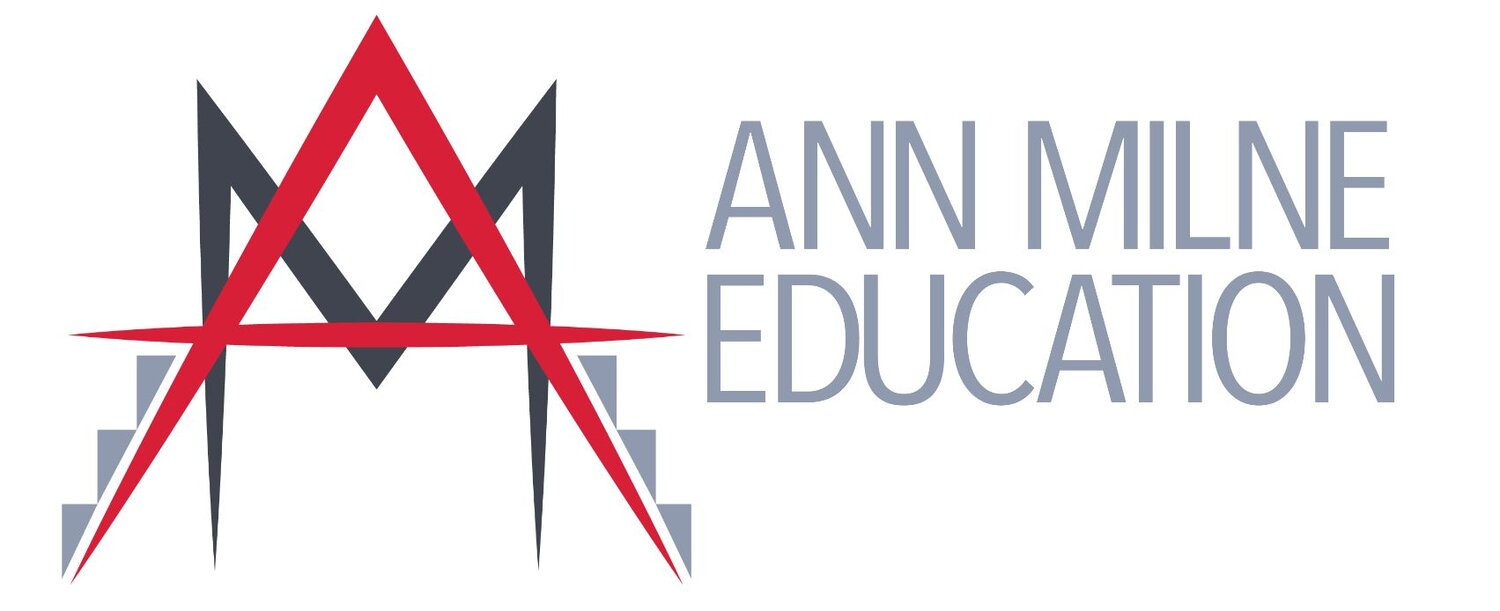Research
The following papers are free to download.
Where am I in our Schools’ White Spaces? Social Justice for the Learners we Marginalise.
(Middle Grades Review, 2016)
Colouring in the White Spaces: Reclaiming Cultural Identity in Whitestream Schools.
(PhD Thesis, 2013)
They didn't care about normal kids like me.” Restructuring a school to fit the kids.
(MEd Admin Thesis, 2004)
Colouring in the White Spaces: Cultural Identity and Learning in School.
(ASB/APPA Travelling Fellowship 2009)

